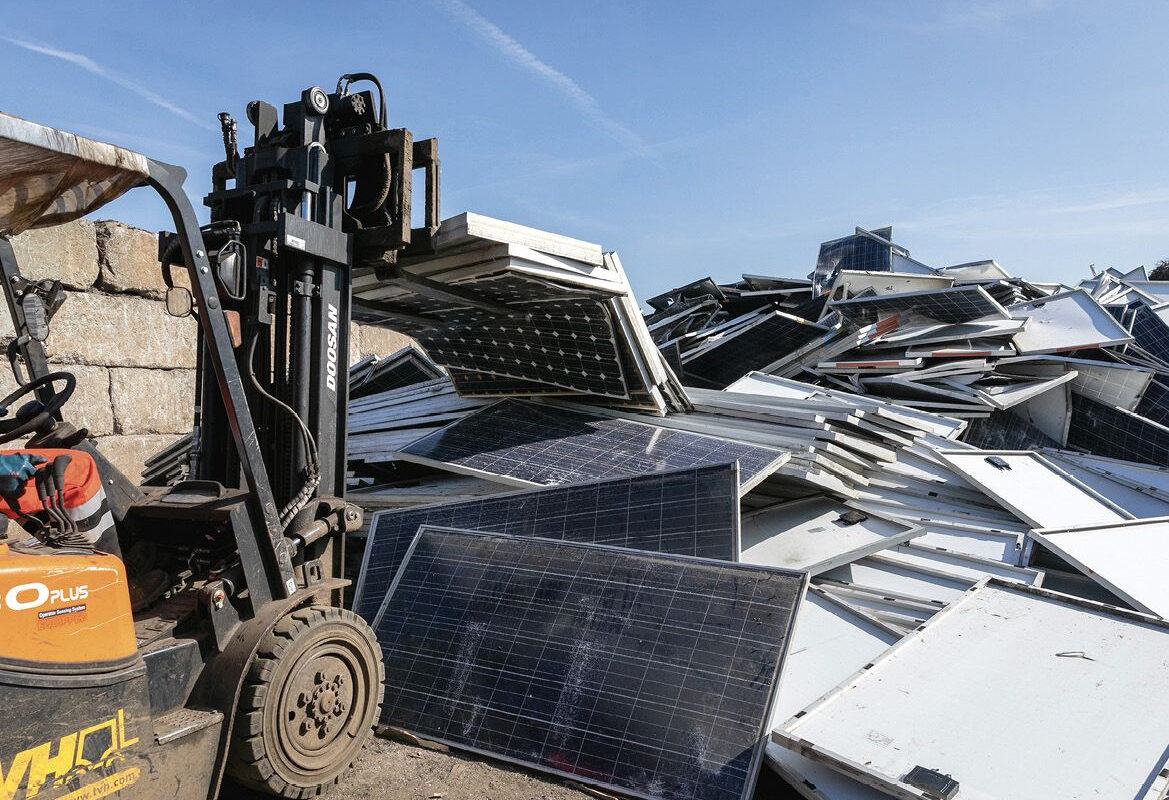Germany’s Fraunhofer Institute for Solar Energy Systems (Fraunhofer ISE) announced today that it has achieved an energy conversion efficiency of 31.6% for a perovskite-silicon tandem solar cell.
The result was confirmed by the CalLab calibration laboratory of Fraunhofer ISE.
The researchers explained that that cell consists of a top perovskite PV device based on heterojunction technology, textured with micrometer-sized pyramids, and a standard silicon bottom cell.
“The new 1 cm² solar cell is special because the perovskite layer of the top cell was deposited on an industrially textured silicon heterojunction solar cell using a hybrid production route,” the research institute said in a statement. “The successful use of textured standard silicon solar cells and the uniform application of the perovskite layer on the textured surface are important prerequisites for the industrial production of perovskite-silicon tandem solar cells.”
The group leader Perovskite Materials and Interfaces at Fraunhofer ISE, Juliane Borchert, explained that the proposed process combines vapor deposition and wet chemical deposition to ensure even deposition of the perovskite layer on the textured silicon surface.
The scientists did not provide more technical details about the solar cell.
“The tandem solar cell manufactured at Fraunhofer ISE includes the results of the PrEsto and MaNiTU research projects, as well as the support of an intensive exchange with scientists from the King Abdullah University of Science and Technology (KAUST),” they stated.
KAUST announced in May an efficiency of 33.7% for a perovskite-silicon solar cell of 1 cm². The European solar test installation (ESTI) certified the result.
This content is copyrighted and may not be reused. If you would like to collaborate with us and reuse some of our content, please contact: editors@pv-magazine.com.
Popular content


